The natural world is filled with hidden realms of perception that exist beyond human senses. Among the most fascinating examples are birds that utilize ultraviolet (UV) patterns invisible to the human eye. While humans perceive the world in three primary color channels—red, green, and blue—many birds possess tetrachromatic vision, adding ultraviolet sensitivity to their visual toolkit. This remarkable adaptation opens up an entirely different dimension of communication, mate selection, and foraging that has remained largely hidden from human observation until recent scientific advances. From the common budgerigar to the majestic European starling, numerous avian species employ these secret UV signals in their daily lives, creating a parallel visual universe that coexists with our own but remains inaccessible to our unaided perception.
The Fourth Dimension of Avian Vision
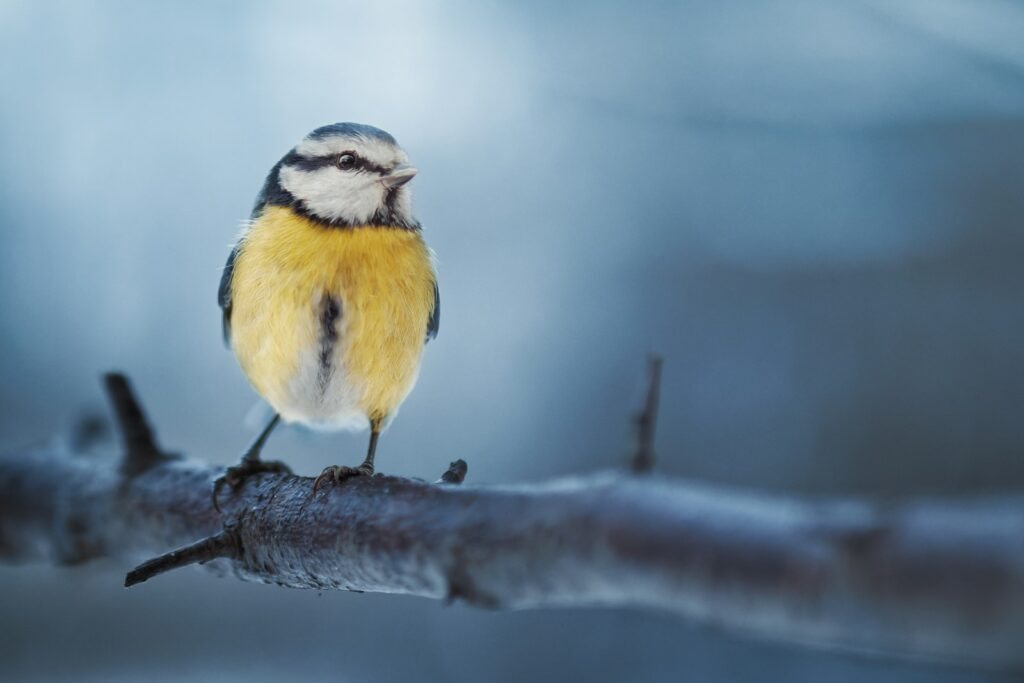
Birds possess a visual superpower that humans can only experience through specialized technology—the ability to see ultraviolet light. While the human visual spectrum ranges from approximately 400 to 700 nanometers, many birds can perceive wavelengths as short as 300-320 nanometers, extending well into the ultraviolet range. This additional visual channel comes from specialized cone cells in avian retinas that contain UV-sensitive photopigments. Unlike human eyes which contain three types of color receptors (trichromatic), many birds possess four types (tetrachromatic), dramatically expanding their color perception. This expanded visual range transforms their perception of the world, revealing patterns, signals, and food sources that remain completely invisible to human observers.
The Budgerigar’s Secret UV Markings
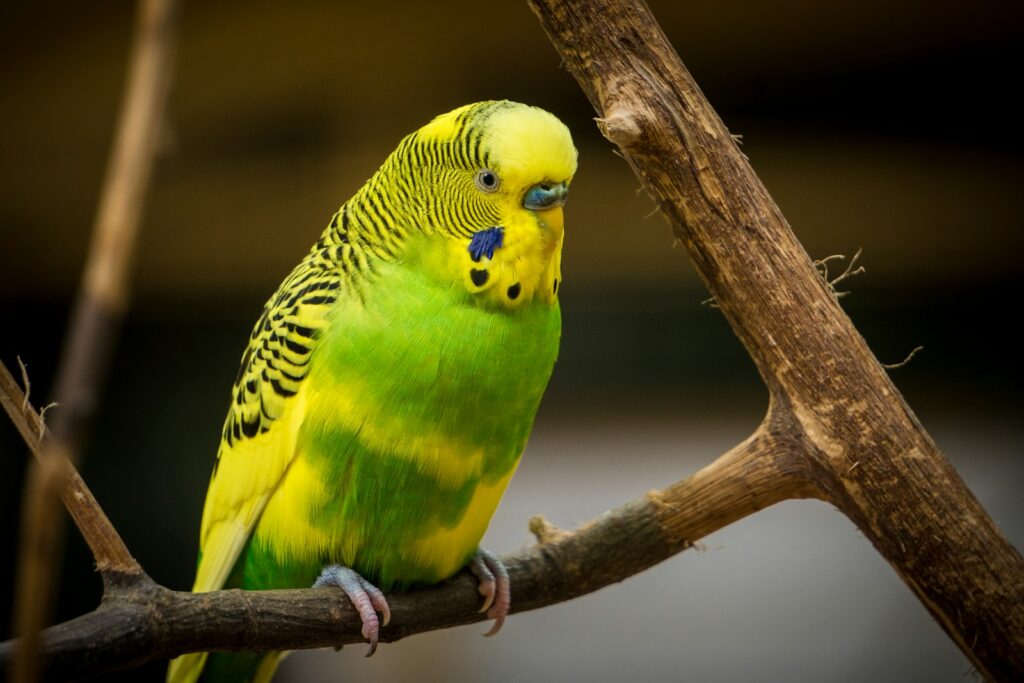
The common budgerigar (Melopsittacus undulatus), popular as a pet worldwide, harbors a secret visual identity that only other budgerigars can naturally perceive. When viewed under ultraviolet light, the yellow feathers on a budgerigar’s head reveal striking patterns that differ between individual birds. These UV-reflective facial patches play a crucial role in mate selection and individual recognition within budgerigar communities. Research has shown that female budgerigars show strong preferences for males with particular UV patterns, suggesting these invisible (to humans) markings convey important information about genetic quality or fitness. What appears to us as a uniform yellow cap is actually a complex, individualized identity badge when viewed through the tetrachromatic vision of another budgerigar.
European Starlings: Masters of UV Communication
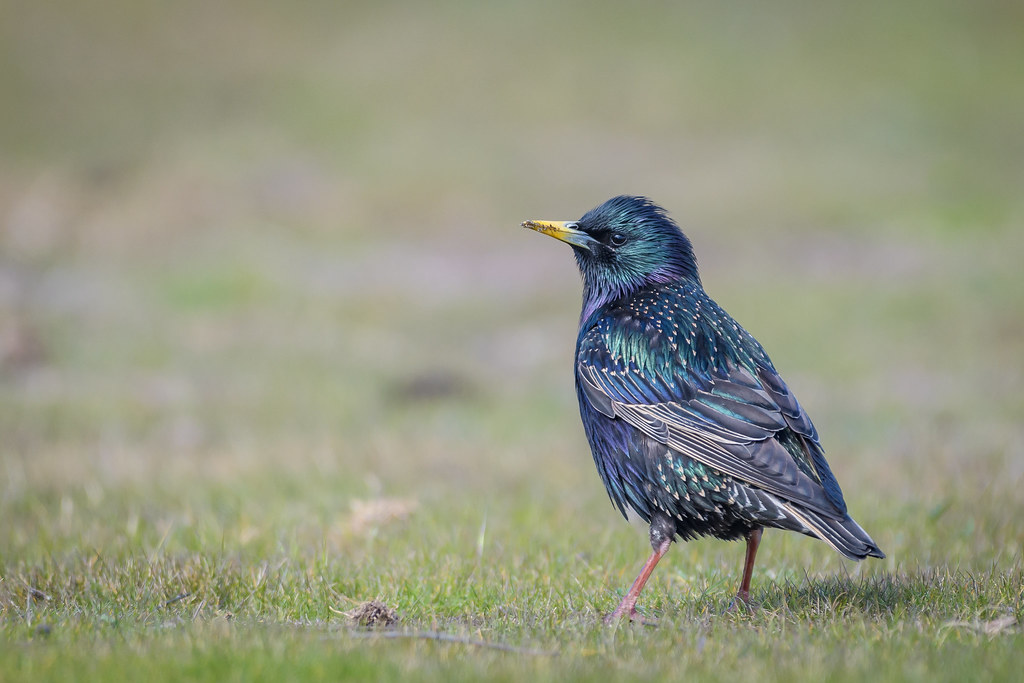
European starlings (Sturnus vulgaris) showcase some of the most elaborate UV patterns among birds, particularly during breeding season. The iridescent feathers that appear simply black with green and purple sheens to human eyes actually reflect complex patterns of ultraviolet light that vary between individual birds. Male starlings with more intense UV reflectance tend to be more successful in attracting mates, as females can assess male quality through these UV signals. The UV patterns change seasonally, becoming more pronounced during courtship periods and fading during non-breeding seasons. This sophisticated UV signaling system allows starlings to communicate information about health, hormonal status, and genetic quality through a visual channel completely invisible to their mammalian predators.
Blue Tits and UV-Reflecting Crowns
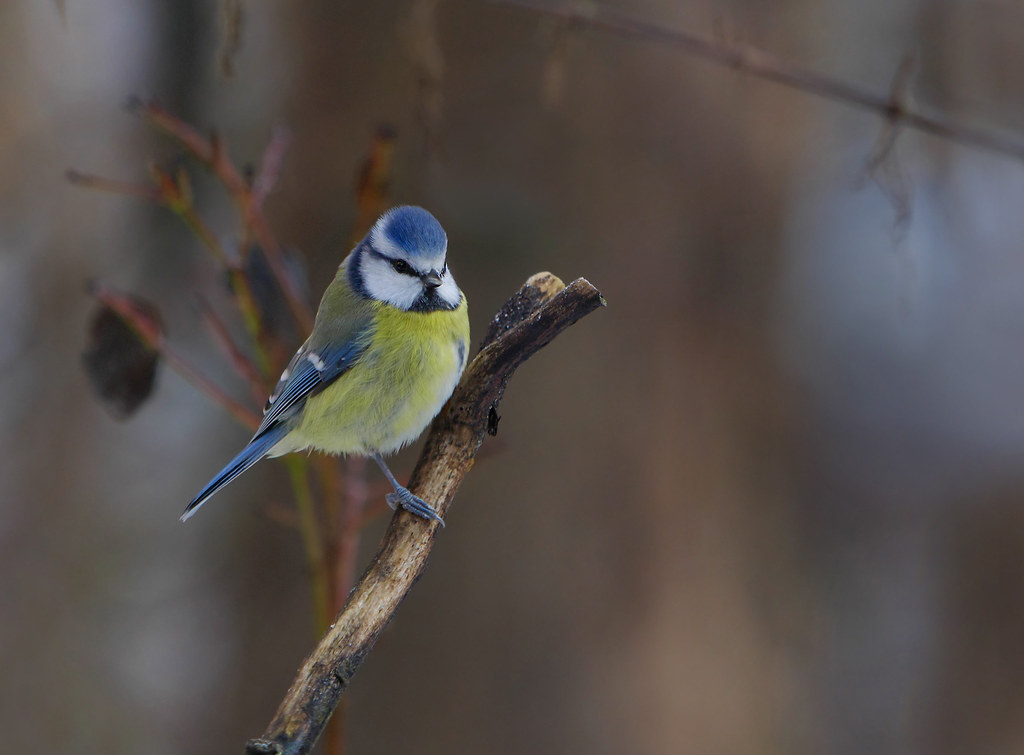
The blue tit (Cyanistes caeruleus), a small passerine bird common across Europe, utilizes UV reflection in its crown feathers as a crucial signal during mate selection. While humans perceive the blue tit’s crown as simply blue, other blue tits see a dynamic ultraviolet signal that varies in intensity between individuals. Scientific studies have demonstrated that female blue tits consistently prefer males with brighter UV reflectance in their crown feathers. This preference appears linked to biological qualities, as males with stronger UV signals typically demonstrate better parental care and higher-quality territories. The UV reflectance of the crown feathers is also condition-dependent, meaning it accurately signals the bird’s current health status and nutritional condition.
The Science Behind UV Pattern Detection
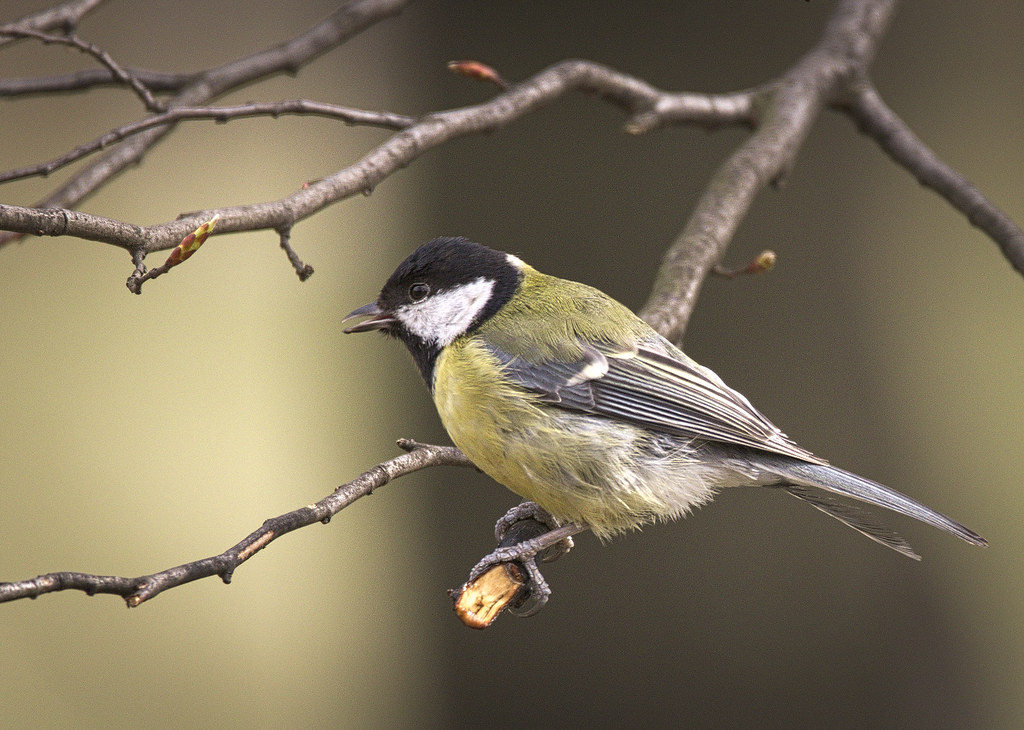
Modern scientific techniques have finally allowed researchers to glimpse the hidden world of avian UV patterns through specialized equipment and methodologies. UV-sensitive cameras modified to capture the shorter wavelengths invisible to humans have revealed the stunning complexity of these patterns. Spectrophotometers capable of measuring precise reflectance at different wavelengths provide quantitative data about UV signals. Behavioral experiments using UV filters have confirmed the importance of these signals by demonstrating how bird behavior changes when UV information is blocked or modified. Through these technological advances, scientists have documented UV patterns across numerous bird species, from common backyard visitors to exotic tropical species, revealing an entirely new dimension of biodiversity previously hidden from human perception.
Evolutionary Advantages of UV Vision
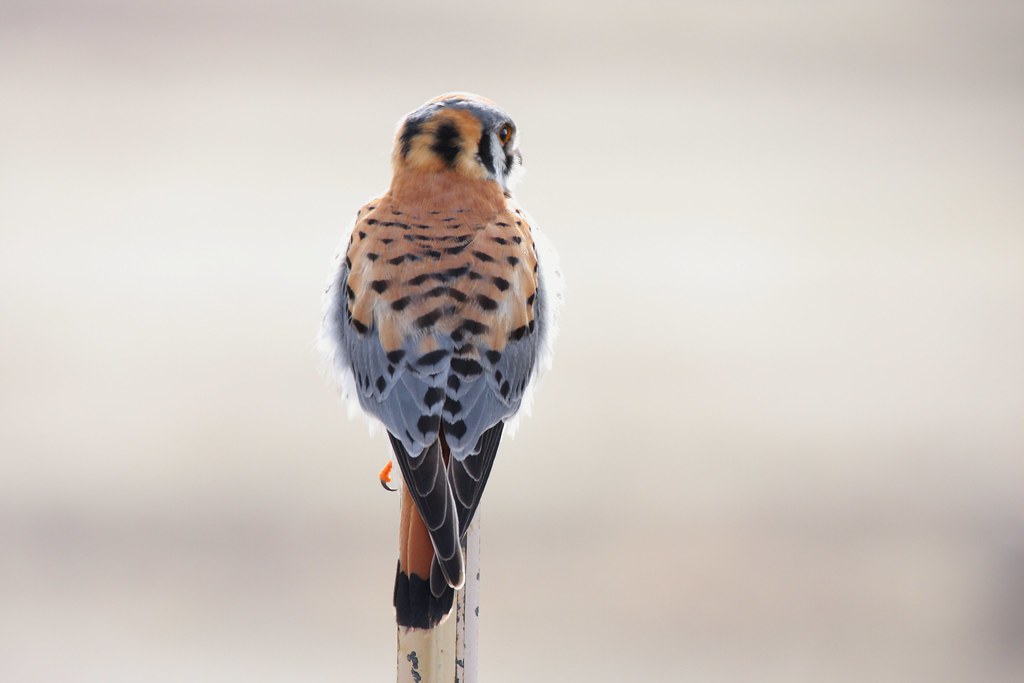
The evolution of UV vision in birds represents a remarkable adaptation that provides multiple survival and reproductive advantages. By perceiving ultraviolet light, birds can detect UV-reflecting prey such as certain insects and fruits that would otherwise blend into the background. This adaptation is particularly useful for insectivorous species that can spot UV-reflecting insect trails or wing patterns. In terms of reproduction, UV patterns provide honest signals of genetic quality that cannot be easily faked, creating more reliable mate selection systems. Additionally, UV vision helps birds navigate using celestial cues even on cloudy days when the sun isn’t directly visible. Some researchers suggest that the development of UV vision may have been an early adaptation that helped drive the extraordinary diversification of bird species across the planet.
UV Patterns in Eggs and Nest Recognition
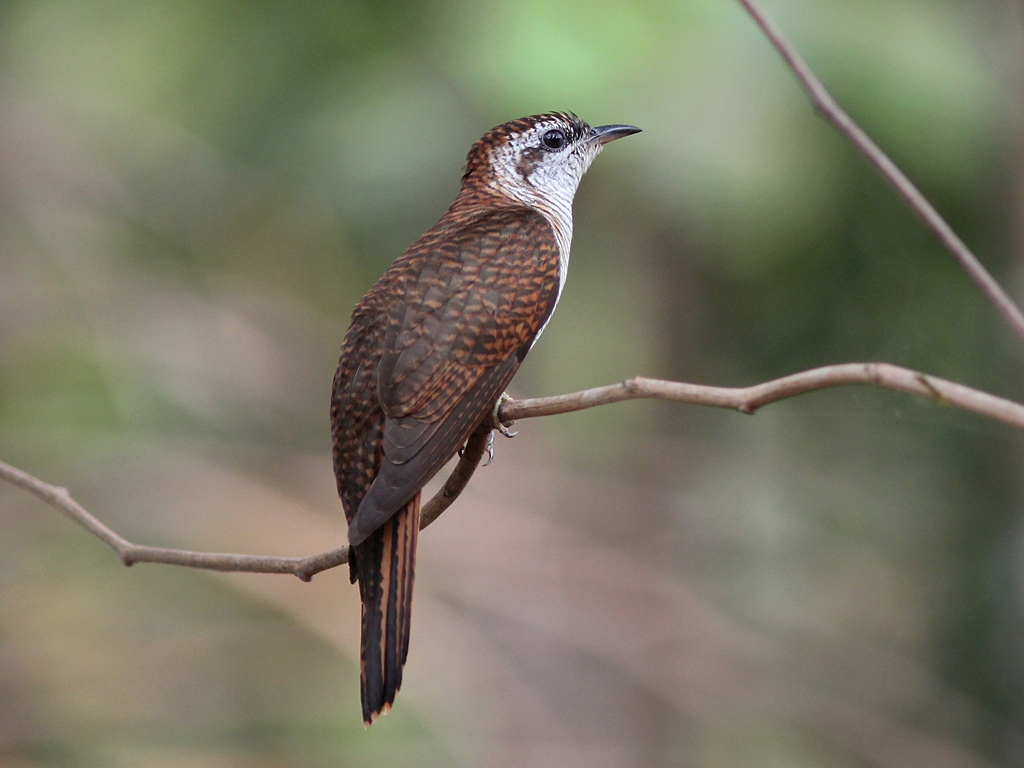
The role of ultraviolet patterns extends beyond adult birds to their eggs, creating another hidden dimension of avian biology. Many bird eggs reflect UV light in patterns invisible to humans but clearly perceptible to parent birds. These UV patterns help birds identify their own eggs and detect foreign eggs placed by brood parasites like cuckoos. For example, great tits can recognize subtle UV markings on their eggs that help prevent brood parasitism by identifying eggs that don’t belong. Some species also use UV reflectance to assess egg quality and developmental status through the shell. This sophisticated system of egg recognition operates completely outside human visual perception, representing yet another aspect of avian biology that remained hidden until the development of UV-sensitive imaging technology.
UV Patterns in Hunting and Foraging

Many birds leverage their UV vision capabilities as a powerful tool for locating food sources that would remain hidden to human observers. Certain fruits and berries develop UV-reflective waxy coatings as they ripen, creating clear visual signals that advertise their readiness to fruit-eating birds. Kestrels and other raptors can detect the UV-reflective urine trails left by rodents, allowing them to efficiently locate prey-rich hunting grounds by essentially seeing “glowing” tracks. Some insectivorous birds can spot UV-reflecting insects against vegetation, as many flowers have UV patterns that guide pollinators but also make the insects more visible to birds with UV vision. This specialized visual adaptation gives birds a significant advantage in foraging efficiency, allowing them to exploit food resources invisible to mammalian competitors.
Hummingbirds: UV Nectar Guides
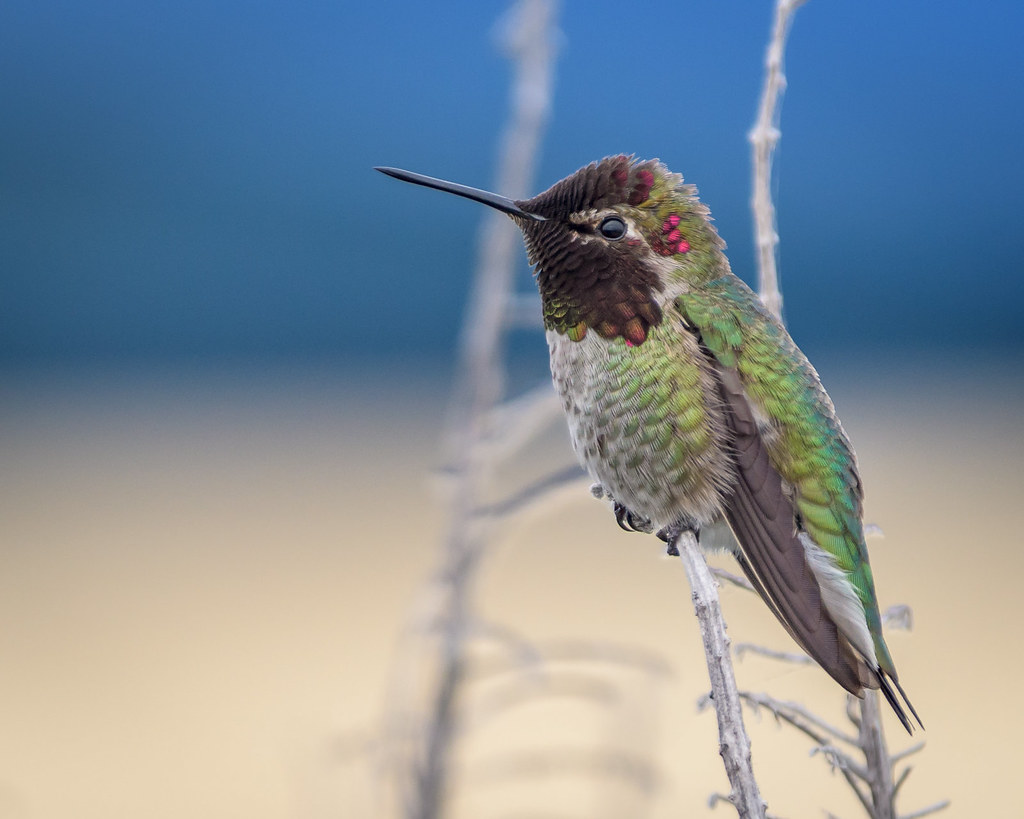
Hummingbirds have developed a fascinating relationship with flowers based partially on ultraviolet vision capabilities. Many flowering plants have evolved UV-reflective “nectar guides” – patterns visible only in the ultraviolet spectrum that direct pollinators to their nectar rewards. These invisible (to humans) patterns function like runway lights, guiding hummingbirds precisely to the nectar source while ensuring they contact the plant’s reproductive structures. Research has demonstrated that hummingbirds can distinguish between flowers with and without UV patterns, showing strong preferences for those with clear nectar guides. This specialized plant-pollinator relationship represents a remarkable case of co-evolution, with both partners developing adaptations invisible to the human eye yet crucial to their ecological success.
Parrots and UV-Reflecting Plumage
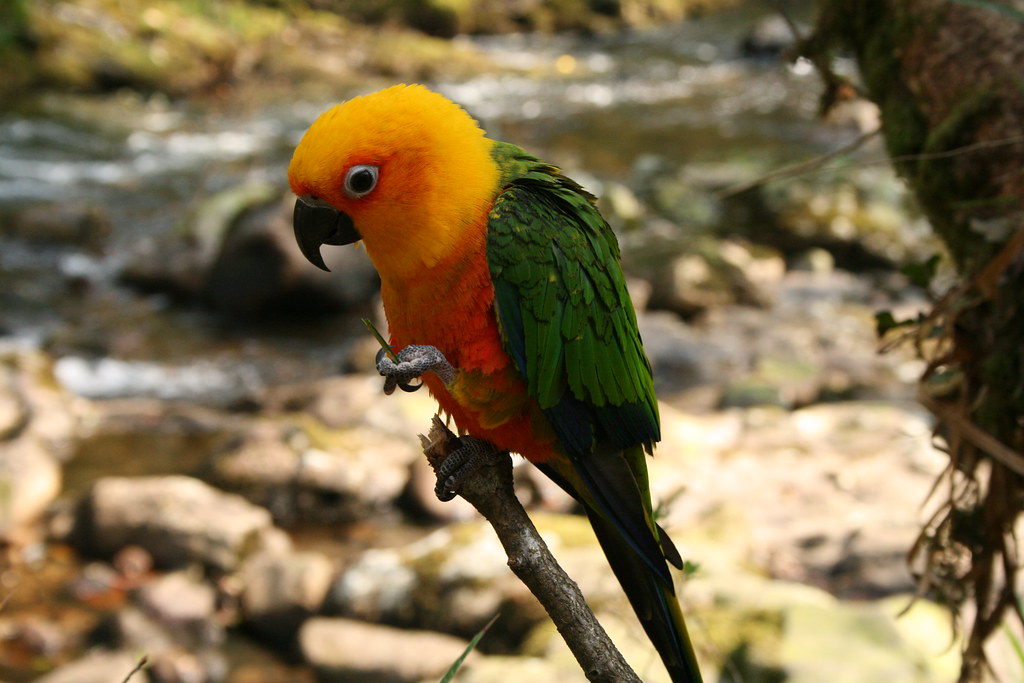
The vibrant plumage of parrots holds hidden dimensions that only become apparent when viewed through UV-sensitive equipment. Many parrot species, including budgerigars, cockatiels, and macaws, have feathers that strongly reflect ultraviolet light in patterns specific to each species. These UV patterns often differ between males and females, creating a form of sexual dimorphism invisible to human observers but obvious to the birds themselves. In some parrot species, juveniles lack the UV-reflective plumage of adults, providing a visual signal of maturity that helps regulate social interactions within flocks. Scientists studying captive parrots have found that providing UV-emitting lights that mimic natural sunlight significantly improves breeding success and natural behaviors, highlighting the importance of this invisible spectrum to parrot biology.
Human Technology Inspired by Avian UV Vision

The discovery of birds’ ultraviolet visual capabilities has inspired innovative technological applications across multiple fields. Security printing has adopted UV-reflective inks similar to those found in bird plumage to create anti-counterfeiting measures on banknotes and official documents. Conservation biologists have developed UV-reflective markers to track bird movements without affecting their natural behaviors or attractiveness to mates and predators. In agriculture, researchers are experimenting with UV-reflective materials that deter bird pests by mimicking the warning signals of predators or unpalatable food sources. Perhaps most fascinatingly, some engineering teams are developing specialized cameras and visual systems inspired by tetrachromatic bird vision to detect patterns and signals invisible to the human eye, with applications ranging from medical imaging to quality control in manufacturing.
Challenges in Studying the Invisible

Researching ultraviolet patterns in birds presents unique challenges that have slowed our understanding of this fascinating phenomenon. The fundamental difficulty lies in studying a sensory world humans cannot naturally perceive, requiring specialized and expensive equipment to capture images in the ultraviolet spectrum. Interpreting these images presents another challenge, as scientists must avoid anthropomorphizing what birds actually perceive—the UV patterns we can capture with technology may not represent what birds actually “see” given their different visual processing systems. Field studies face additional complications, as UV reflectance can change with environmental conditions, feather wear, and the angle of observation. Despite these challenges, persistent scientific inquiry using increasingly sophisticated methodologies continues to reveal the complexity and importance of this hidden visual dimension in avian biology.
Protecting the Invisible: Conservation Implications

Understanding birds’ ultraviolet vision has important implications for conservation efforts worldwide. Habitat modifications that seem benign to human observers might disrupt crucial UV signals used in bird communication and foraging. For example, some modern glass and building materials reflect UV light in patterns that can either attract or repel birds, potentially contributing to the millions of bird-building collisions annually. Conservation programs breeding endangered birds in captivity now recognize the importance of providing full-spectrum lighting that includes UV wavelengths to promote natural behaviors and successful reproduction. As climate change alters plant communities, the UV patterns of flowers that guide pollinators may shift, potentially creating mismatches between birds and their food sources. By acknowledging and protecting these invisible aspects of avian ecology, conservation efforts can become more comprehensive and effective.
Conclusion
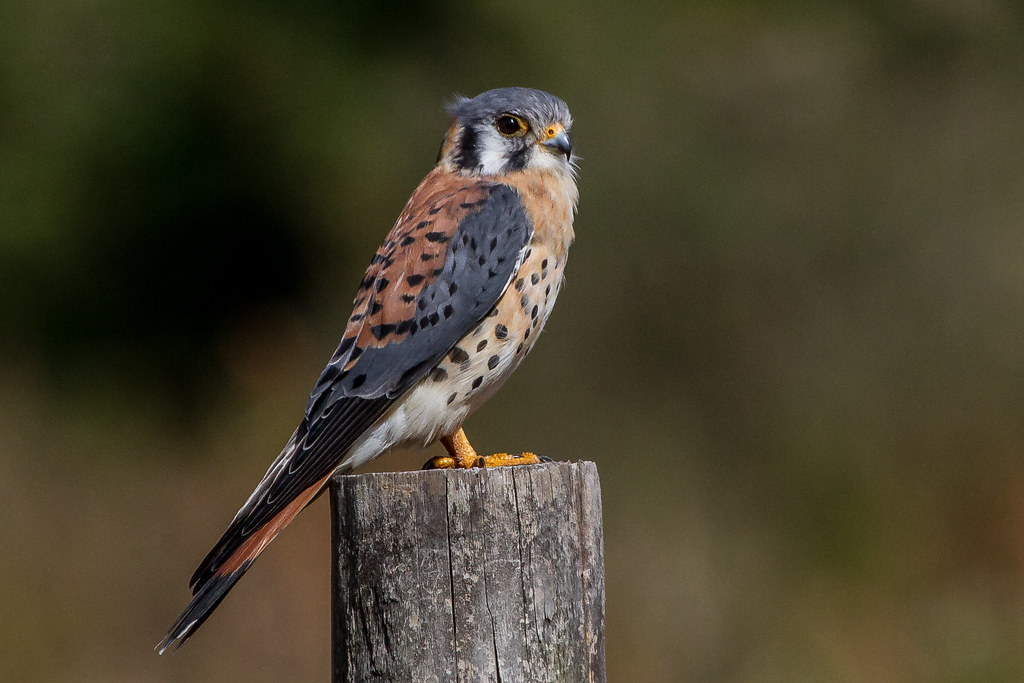
The discovery that many bird species utilize ultraviolet patterns invisible to humans has fundamentally transformed our understanding of avian biology and behavior. What appears as simple plumage coloration to our eyes often contains complex, species-specific information that plays crucial roles in mate selection, territory defense, foraging, and parent-offspring recognition. As scientific technology continues to advance, we gain increasing glimpses into this parallel visual universe that has always existed alongside our own but remained hidden from human perception. This revelation serves as a humbling reminder of how limited our sensory experience can be and how many natural wonders still await discovery—even among the common birds that share our everyday environments. By appreciating these invisible dimensions of biodiversity, we develop a more complete understanding of the natural world and our place within it.
